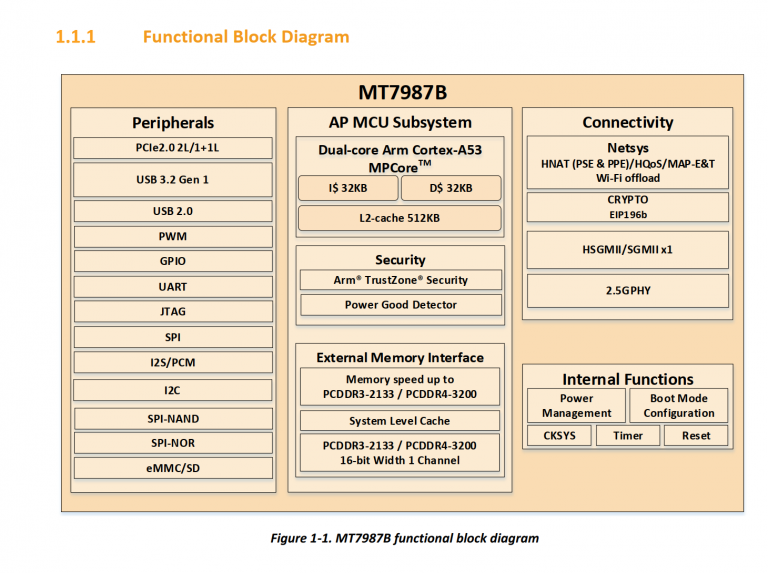MT7987B WIFI7 BE3600 Parameter Introduction The MediaTek MT79878 is a world-leading network processing platform for...
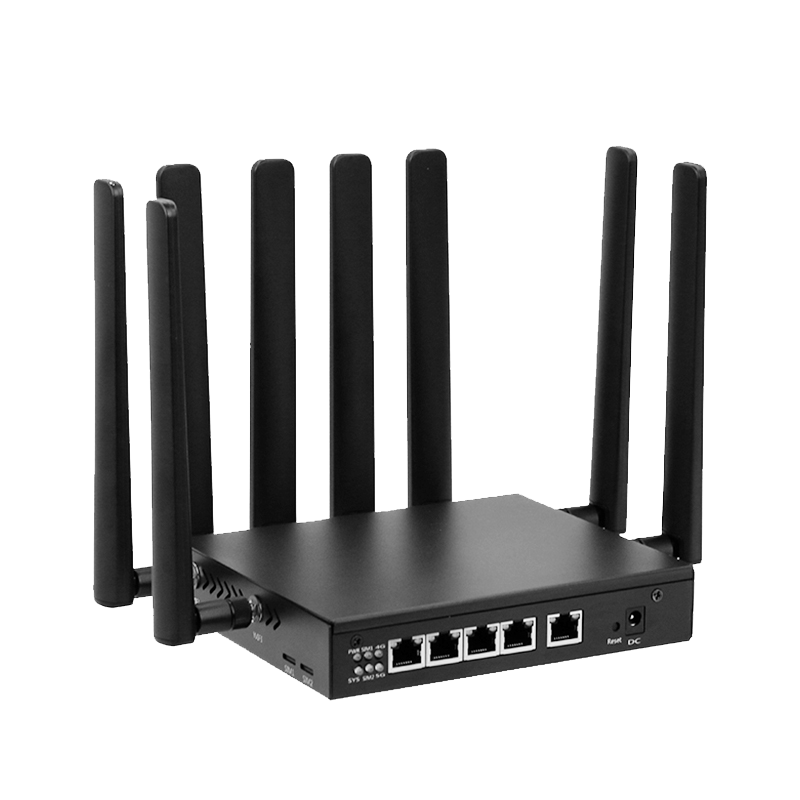
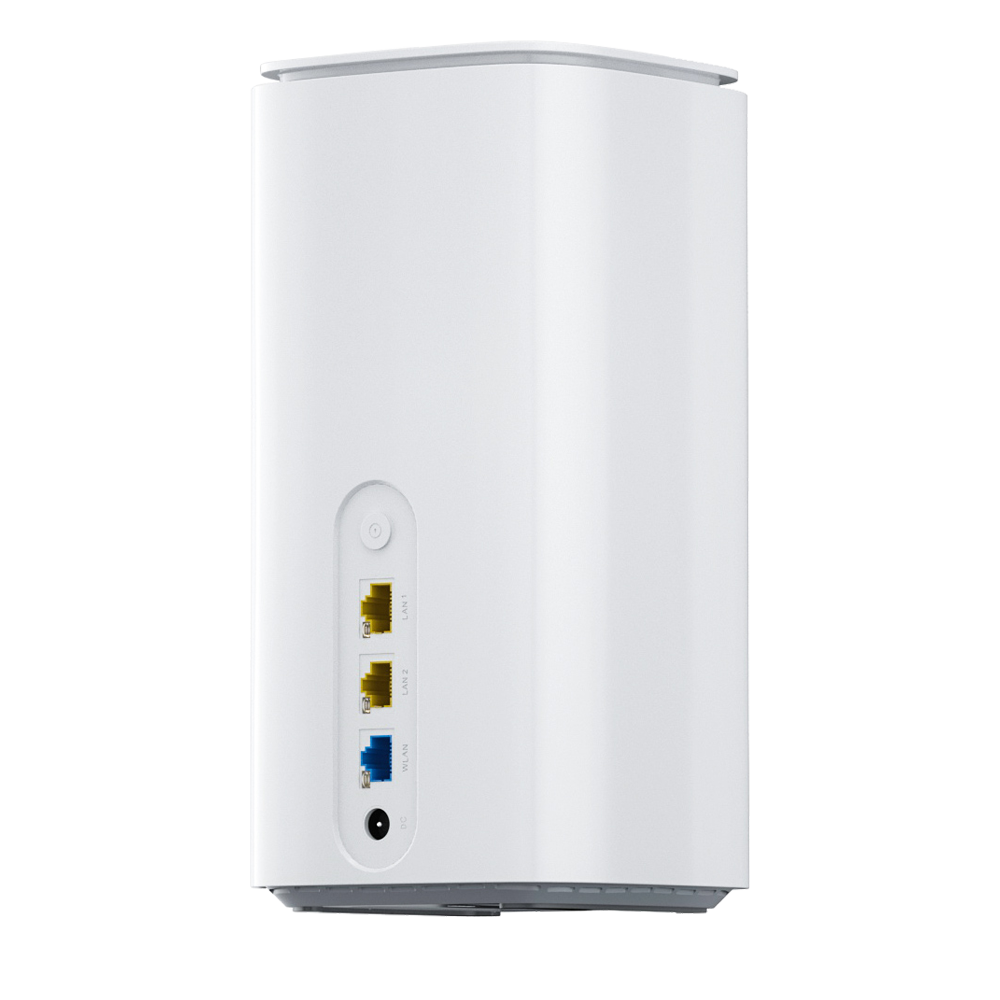
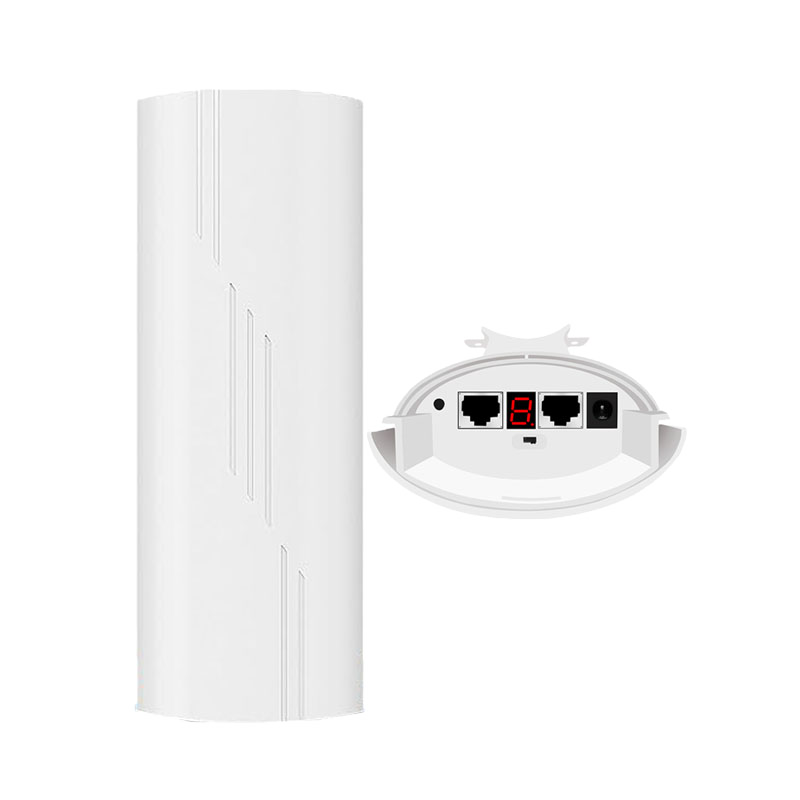
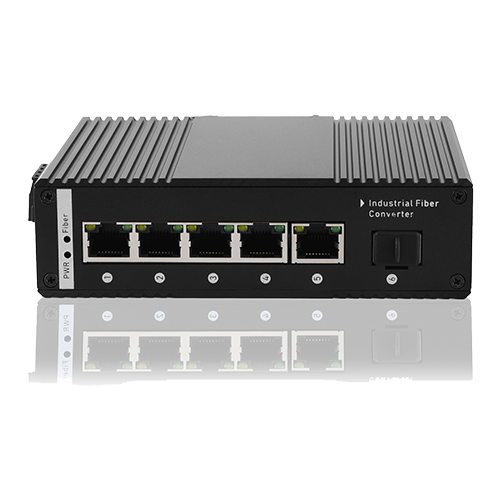

WIFI bus is an important part of smart city. By installing a 4G industrial router in the car, the signal...

“Smart Media” is an emerging field in the application of Internet of Things. It refers to public places...

The self-service express cabinet business is developing rapidly, and the urban deployment point and operation...
No posts found
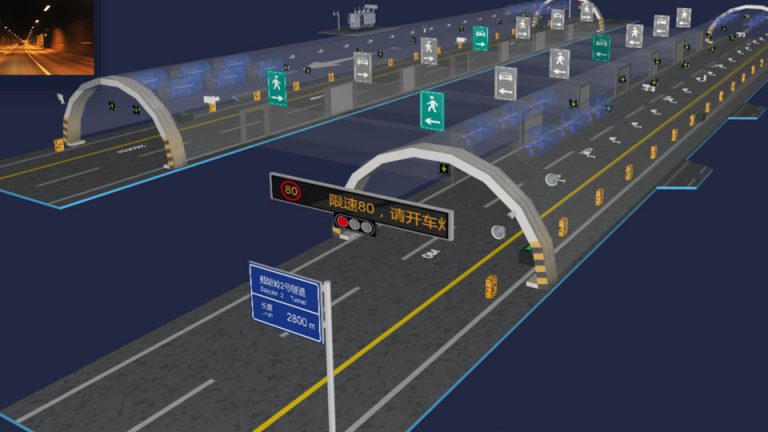
With the development of traffic engineering and transportation, the mileage of traffic tunnels built...

The earthquake monitoring industry has the characteristics of many outlets and scattered layout. Uploading...

Cityscape lights are a city image that is closely integrated with urban planning. The traditional landscape...
No posts found
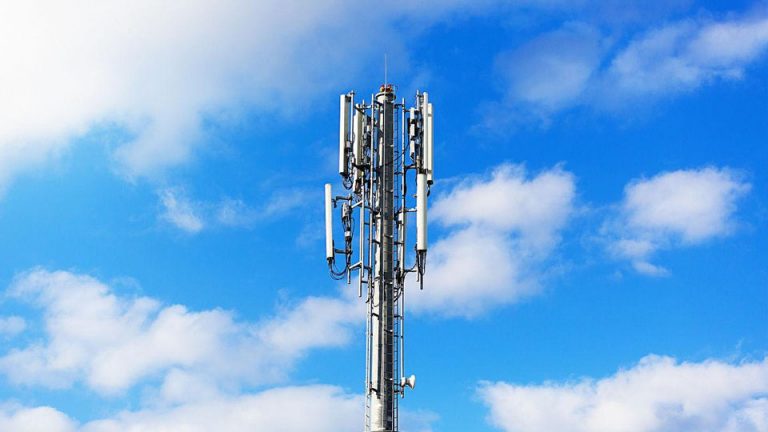
Project Overview:
With the gradual emergence of the advantages of wireless Internet, wireless applications...

Project requirements:
1. Due to the particularity of scenic spots, nature reserves, wetlands and other...

Project requirements:
Provide WIFI broadband Internet access for people in densely populated areas, establish...

Overview:
With the development of network technology and the continuous reduction of the price of network...
No posts found
5G Wi-Fi6 wireless routers have more extensive applications in electric power, transportation, finance, industrial control and other major industries due...
Project Overview: With the gradual emergence of the advantages of wireless Internet, wireless applications have been extensively deepened. The hotel...
Project requirements: 1. Due to the particularity of scenic spots, nature reserves, wetlands and other areas, geographical distribution is relatively...





